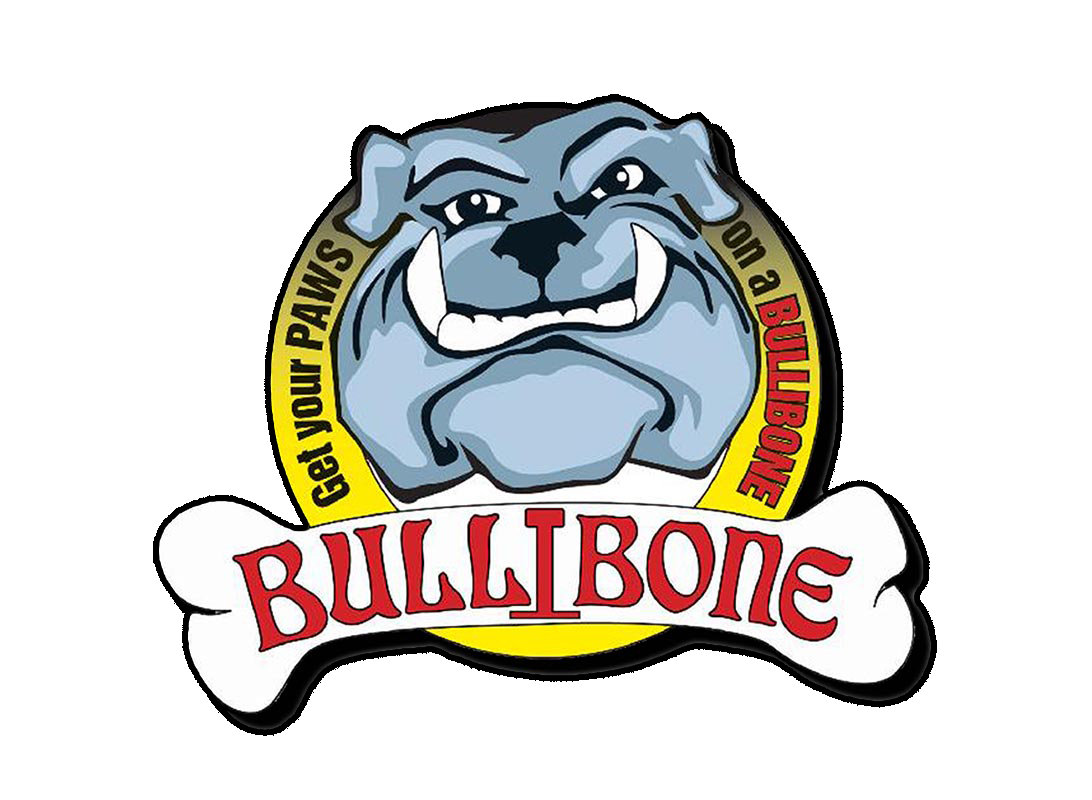
As a dog owner, one of the most important decisions you’ll face is whether to use a harness or a collar for controlling your furry friend. Both options have their pros and cons, making it tough to determine which is best for your dog. In this blog post, we’ll closely examine harnesses and collars, helping you make an informed decision.
First, let’s talk about collars. Collars are the most traditional option for dog owners, and they are still widely used today. They are typically made from leather, nylon, or other durable materials and are designed to fit around your dog’s neck. Some collars are simple, while others feature additional features like reflective strips for added visibility at night.
One of the primary advantages of using a collar is that it’s a quick and easy way to attach a leash. This can be especially useful if you’re in a hurry or if you need to keep your dog close by in a public area. Dog collars come in different styles such as flat collar, traditional collar, choke collar, prong collar and martingale collar. However, there are some downsides to using a collar.
For one thing, collars can be uncomfortable for some dogs, especially those with short snouts or sensitive skin like shih tzus or French Bulldogs. They can also put pressure on your dog’s throat and windpipe, which can make breathing difficult, especially if you have a dog that pulls on the leash. Additionally, if your dog is an escape artist, a collar may not be the best option since they can slip out of it if they are determined enough.
Experts recommend avoiding leashes attached to something around the dog’s throat. Your pup’s natural inclination to pull against the leash has the potential to do them real harm with a collar. Small dogs are especially vulnerable to damaging their esophagus, trachea or thyroid gland when they strain against a
collar around their neck.
Now let’s talk about harnesses. Harnesses are becoming increasingly popular among pet owners, and for good reason. They are designed to fit around your dog’s chest and ribcage, which means they distribute pressure more evenly than collars. This can be especially important for dogs that pull on the leash or have breathing issues like brachycephalic breeds such as shih tzus or French Bulldogs. Dog harnesses come in different styles such as a body harness, an easy walk harness, a head collar, or a slip collar.
Another advantage of using a harness is that it can be more comfortable for your dog. Because the pressure is distributed across their chest rather than their neck, they are less likely to experience discomfort or pain. This is especially important if you have a dog that likes to pull on the leash, as a harness can prevent neck injuries caused by sudden jolts. Body harnesses, in particular, can also provide greater control for pet owners over their dogs, which is especially useful when training dogs or managing reactive dogs.
However, there are also some downsides to using a harness. For one thing, they can be more expensive than collars, especially if you opt for a high-quality one like an easy walk harness or a head halter. Additionally, harnesses can be a bit more difficult to put on and take off than collars, so they may not be the best option if you need to quickly control your dog.

So which option is right for your dog? Ultimately, it depends on your individual dog’s needs and preferences. If you have a dog that pulls on the leash or has breathing issues, a harness may be the better option. However, if your dog is comfortable wearing a collar and doesn’t have any issues with it, it may be the more practical choice.
It’s also important to keep in mind that there are many different types of harnesses and collars on the market. Some harnesses are designed specifically for dogs that pull on the leash, while others are made for dogs with breathing issues. Similarly, some collars are designed to prevent your dog from pulling, while others are more traditional in design.
The most important consideration when choosing the right harness for your dog is finding the right size. You want the straps to rest away from your dog’s joints, otherwise, the harness can interfere with their movement and possibly cause an injury. The right fit also makes the harness easier to put on and prevents them from slipping out of it. With the right equipment, your walks will be both fun and safe for you and your dog.
